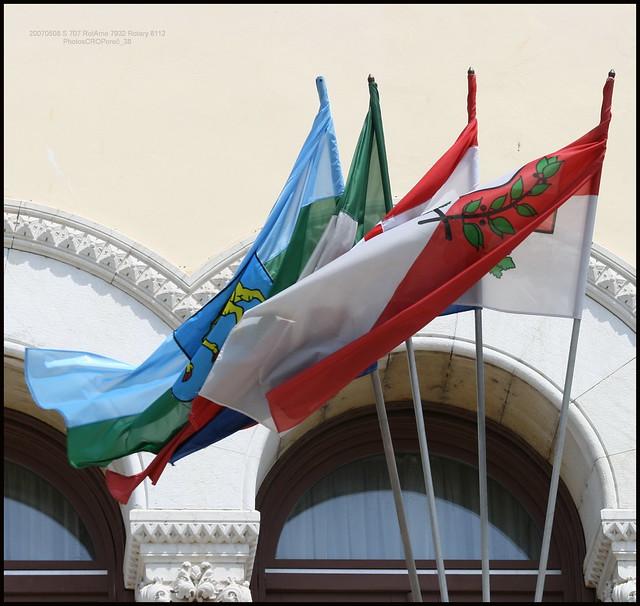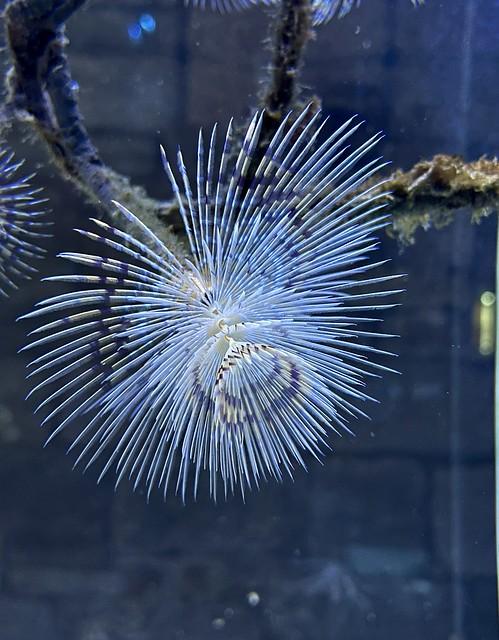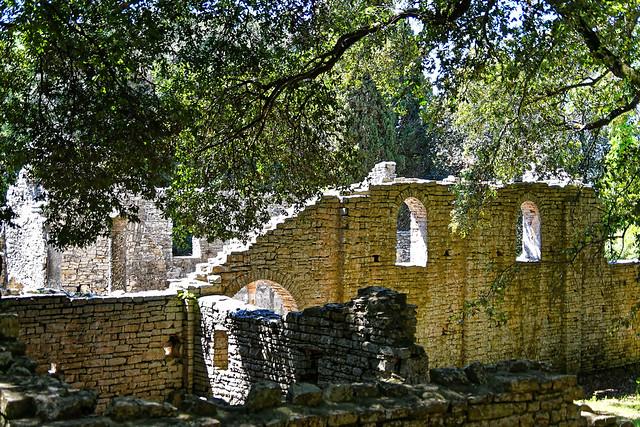Istria
Overview
Overview of Istria, Croatia
Istria, a heart-shaped peninsula in the northern Adriatic Sea, is one of Croatia’s most cherished regions, celebrated for its rich history, vibrant culture, and stunning landscapes. A melting pot of Croatian, Italian, and Slovenian heritage, Istria offers a unique blend of cultures that is reflected in its architecture, language, and cuisine. Key cities like Pula, known for its well-preserved Roman amphitheater, and Rovinj, with its charming old town and bustling art scene, make Istria distinct. The region also boasts picturesque hilltop villages like Motovun and Grožnjan, which are known for their artistic communities and annual film and jazz festivals, adding to the cultural allure of the peninsula.
Tourism Season and Activities
The high season for tourism in Istria runs from June to September, when the weather is at its best—warm and sunny, perfect for enjoying the outdoors. During this period, the average temperature hovers around 28°C (82°F), making it ideal for water sports, sunbathing, and exploring the pristine beaches of the Adriatic coast. Activities such as sailing, diving, and kayaking are popular among visitors, alongside land-based adventures like cycling through the scenic countryside or hiking in Učka Nature Park. This time also sees a host of cultural festivals and events, including the Pula Film Festival and the Rovinj Summer Festival, offering a glimpse into the local arts and music scenes.
Preparation for Travel
Before traveling to Istria, it’s advisable for visitors to check their passport and visa requirements; most tourists from the EU, US, and many other countries can enter Croatia without a visa for stays of up to 90 days. It’s wise to carry some Croatian Kuna, the local currency, although euros are also widely accepted in tourist areas. Learning a few phrases in Croatian or Italian can be helpful, as both languages are commonly used. Packing should include swimwear and light clothing for summer, but also a jacket for cooler evenings. Additionally, travelers should bring sunscreen and a hat to protect against the strong Mediterranean sun. Lastly, securing travel insurance that covers outdoor activities is recommended for added safety during your adventures in Istria.
How It Becomes to This
History not available

You May Like
Explore other interesting states in Croatia
Discover More Area
Delve into more destinations within this state and uncover hidden gems.











